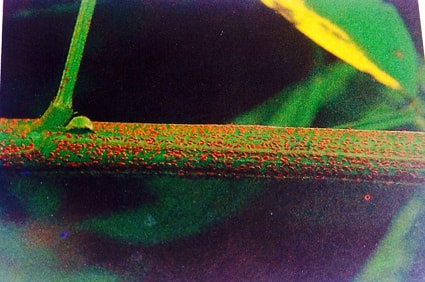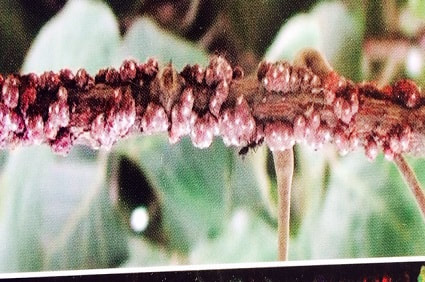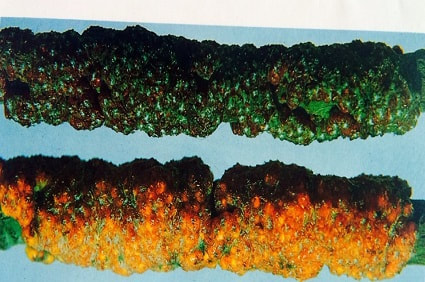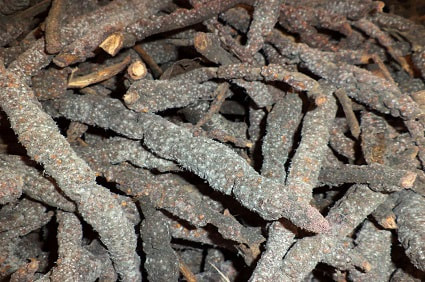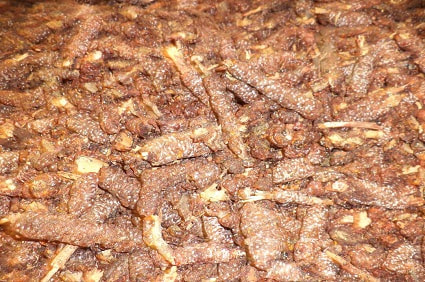History of Lac
Lac has been known in India from very early times. There is accurate description of the lac insect and the host papas (Lakshataru), in the Atharva Veda estimated to be thousands of years old.
In the early Hindu epic Mahabharata (over 2,000 years old), there is mention of lac being used in the construction of a palace (jatugriha) to house the Pandavas with the ulterior motive of destroying them by setting the palace on fire.
Apart from early writings, there are old Hindi manuscripts going back 800 years at least which referred to the use of lac dye in medicine.
What it is
Lac is a natural resin of outstanding properties and exceptional versatility. The only known commercial resin of animal origin, it is hardened secretion of a tiny insect, Laccifer lacca (Kerr), popularly known as the lac insect. Lac being a natural organic resin having biodegradable properties is one of the many gifts of nature given to mankind. It has been in use for centuries in some form or other. Lately the scientific community has observed the significance of Lac resins.
Sticklac (Raw Lac)
Lac crop is collected by cutting down the lac bearing twigs of the hosts either weeks before larval emergence, when it is known as ari, or after, when it is known as phunki. Lac encrustations are separated from the twigs by either breaking off by hand or scrapping with a knife or sickle. Lac, thus gathered, is known as sticklac and it is in this form that cultivators bring it to the market for sale to manufacturers or their agents.

